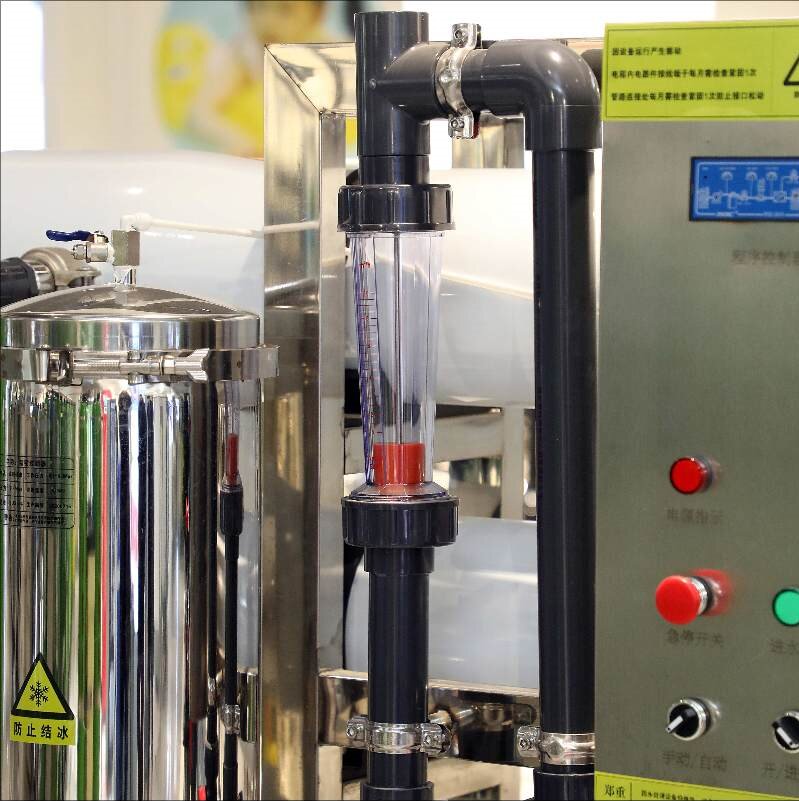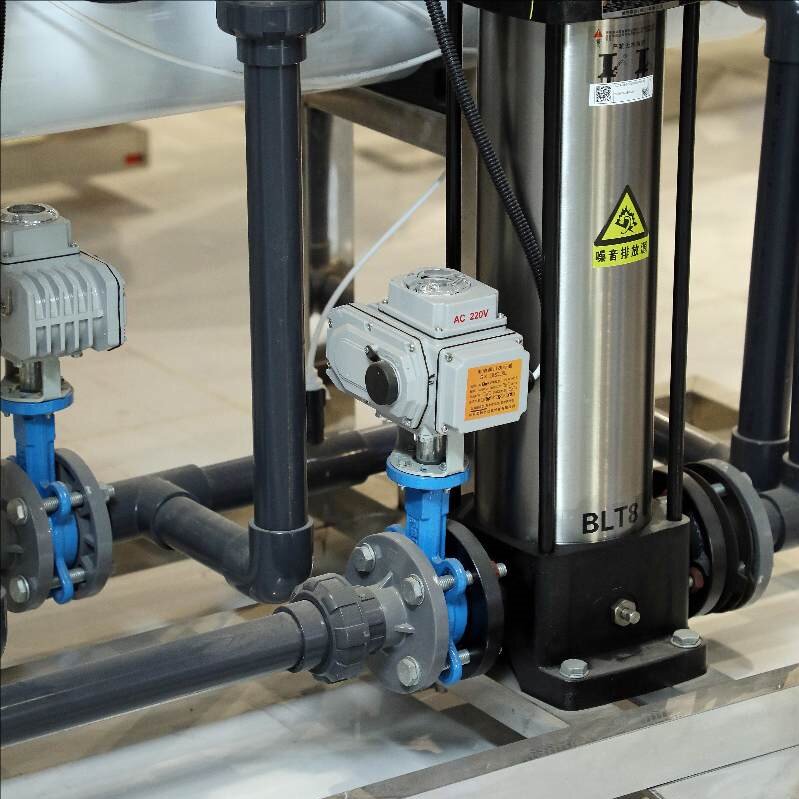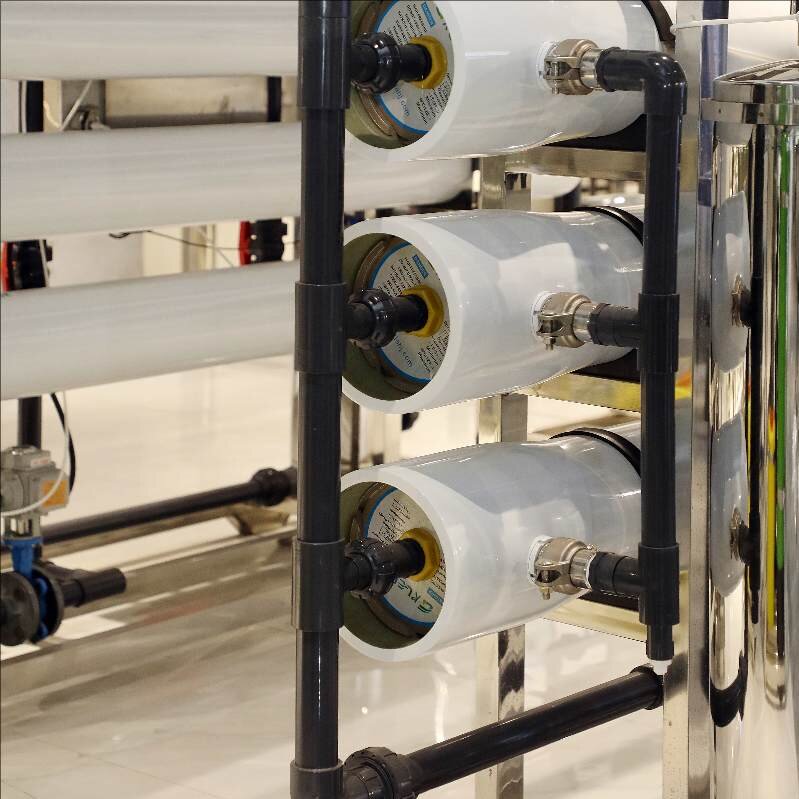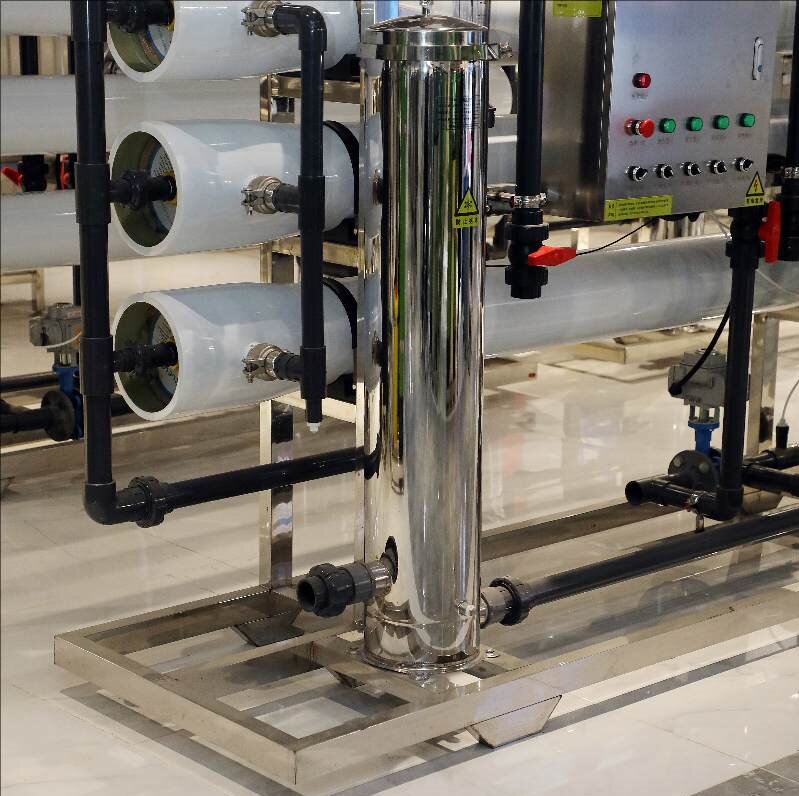
- Qingqingquan
- Shandong
- 20 days
- 300 units per month
Meet WHO sodium guidelines with food-grade RO systems! Learn how to achieve <5mg/L sodium in water for healthier, clean-label food production. Free consultation.
Low-Sodium Water Treatment for Clean Label Foods: RO Systems

In the food and beverage industry, water quality has a direct impact on the final flavor of the product. As consumer demand for "clean label" and low-sodium foods grows, food-grade reverse osmosis (RO) water treatment systems are becoming a key technology for ensuring consistent product flavor. In this article, we will analyze how water quality affects food flavor, and share the success of the brewery to improve the bitter taste of the real case.
I. The key impact of water quality on food flavor
1. How do impurities in water change food characteristics?
• Chloride: Concentrations over 50mg/L will significantly increase the beer bitterness value (IBU)
• Sulfate: >200mg/L enhances astringency and affects the freshness of beverages.
• Sodium ion: interferes with the salty-fresh balance of pickled food, and is not in line with the low-sodium trend.
Industry data: A fruit juice factory's product return rate increased by 15% due to excessive sulfate (280mg/L) in the water source.
2. Limitations of traditional treatment methods
• Activated carbon filtration: only removes residual chlorine, can not reduce ionic content
• Softening treatment: sodium ion exchange will increase the sodium content of water
• Distillation: high energy consumption, may lose beneficial minerals

Ⅱ. The core technology of food grade reverse osmosis system
1. Precise removal of undesirable substances
• Chloride removal rate of >99%
• Sulfate removal rate of > 98%
• Sodium content can be controlled at 1-5mg / L
2. Intelligent mineral retention technology
• Selective retention of potassium, calcium and other beneficial minerals through the TDS adjustment valve
• Compared with traditional RO system, the mineral retention rate is increased by 40%.
Technology Comparison Table:
| Indicators | Food-grade RO | Traditional RO | Activated carbon filtration |
|---|---|---|---|
| Chloride ion removal | >99% | >99% | <30% |
| Mineral retention | Controllable | Almost none | Fully retained |
| Running cost | $0.3/ton | $0.2/ton | $0.1/ton |
III. Successful cases: Brewery to reduce the bitterness value of the practice
1. Project background
A well-known beer brand faced:
• Raw water sulfate content 280mg/L
• Bitterness value (IBU) of finished beer reached 35 (ideal range 25-30).
• Consumers complained about excessive bitterness
2. Solution
• Installation of 10 tons/hour food-grade RO system
• Configure mineral adjustment module (Calcium:Magnesium=2:1)
• Add online TDS monitor
3. Results
✅ Beer bitterness reduced to 28 (20% reduction)
✅ Annual savings of $120,000 on bitterness masking agent
✅ 22% increase in consumer favorable ratings

Ⅳ. Innovations in water treatment under the trend of healthy diet
1. Low-sodium water has become a new demand
• WHO recommends a daily sodium intake of <2g.
• 67% of consumers are willing to pay a premium for "low-sodium" food (Nielsen data)
• RO + Ion Exchange can achieve sodium <5mg/L
2. Clean Label Campaign Impact
• Avoiding the use of chemical additives to regulate flavor
• Natural taste through water quality control
V. Food Plant Water Treatment System Selection Guide
1. Key Selection Criteria
• food grade materials
• Adjustable mineral retention
• Energy optimized design (30% energy savings with variable frequency pumps)
2. Validation and Services
• Water Flavor Impact Assessment
• System Performance Verification Report
Getting Professional Solutions










































